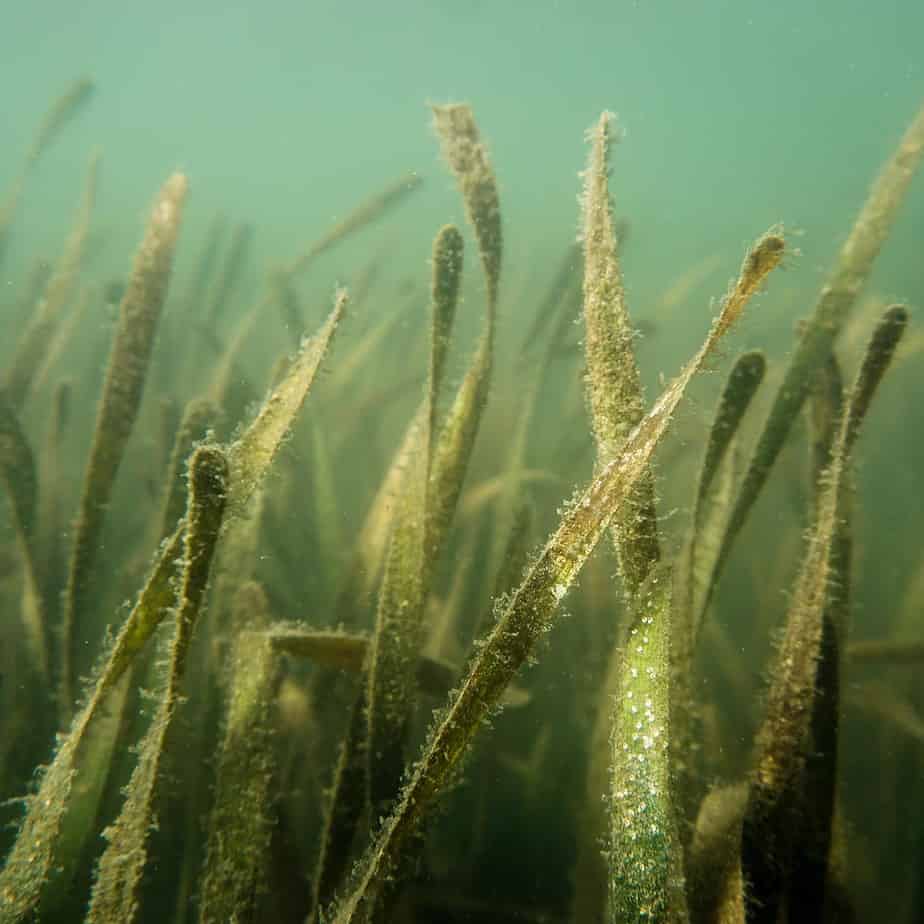
How to control dam vegetation for healthy dams
Farm dams are essential to agricultural operations because they provide water for animals, irrigation, and other farming activities. However, over time, these water bodies can become susceptible to excessive vegetation growth, which can pose challenges for farmers. Striking a balance between maintaining a healthy ecosystem and preserving dam infrastructure is crucial for sustainable farming practices. In this blog post, we will explore the significance of farm dam vegetation management, the potential impacts of unchecked growth, and effective strategies to achieve a harmonious balance between ecosystems and infrastructure.
The Importance of Farm Dam Vegetation Management
Farm dams serve as important water reservoirs in rural landscapes, supporting agricultural activities and providing essential water resources during dry spells. However, without proper vegetation management, dams can quickly become overgrown with aquatic plants such as algae, duckweed, and water hyacinth. While some vegetation is beneficial for the ecosystem, an excessive growth can lead to a multitude of issues for both the dam’s health and its functionality.
Ecological Balance
Vegetation in and around farm dams contributes to the overall ecological balance of the area. Plants provide habitats for various aquatic species, including fish, birds, and insects. By maintaining an appropriate mix of native plants, farmers can support biodiversity and create a thriving ecosystem that benefits the surrounding environment.
Water Quality
Unchecked vegetation growth can negatively impact water quality within the dam. Overgrowth can lead to decreased oxygen levels, increasing the likelihood of algae blooms and other water quality issues. This deterioration in water quality can have detrimental effects on aquatic life and limit the dam’s usability for irrigation and other farming needs.
Dam Structural Integrity
Invasive vegetation with extensive root systems can weaken dam structures over time. The roots can penetrate the dam’s embankments, causing leaks and potential breaches. Additionally, excessive vegetation can impede water flow and reduce the dam’s capacity to hold water, which can be especially problematic during heavy rainfall or flooding events.
Effective Strategies for Farm Dam Vegetation Management
Maintaining a balance between preserving the ecosystem and protecting dam infrastructure requires a proactive and adaptive approach to vegetation management. Here are some effective strategies that farmers can implement:
Regular Monitoring
Regularly monitor the vegetation growth in and around the farm dam. Early detection of invasive species or excessive growth can prevent more significant problems down the line. Consider creating a monitoring schedule to assess the dam’s condition throughout the year.
Native Planting
Encourage the growth of native aquatic plants in the dam. Native plants are better adapted to the local environment, and they can provide natural habitat and food sources for indigenous wildlife. Introducing native vegetation also helps reduce the invasion of more aggressive, non-native species.
Mechanical Removal
For small-scale infestations, manual removal of excess vegetation can be effective. Hand pulling or using rakes and other appropriate tools can help control overgrowth. Be cautious not to disrupt the balance of the ecosystem during this process.
Biological Control
In some cases, introducing natural predators or herbivores can help manage invasive plant species. For example, certain fish species or waterfowl can feed on aquatic plants, preventing their unchecked expansion. However, it is crucial to ensure that the introduced species do not become invasive themselves.
Chemical Control
As a last resort and with careful consideration, farmers can use herbicides to manage aggressive vegetation growth. This method should be approached with caution, and only approved and environmentally safe herbicides should be used. Always follow recommended guidelines and adhere to local regulations.
Vegetation-Free Zones
Designate specific areas around the dam where vegetation is not allowed to grow. This creates a buffer zone that prevents plant encroachment on the dam’s infrastructure while still providing a natural habitat for wildlife.
Sustainable Land Management
Implement sustainable land management practices in the surrounding areas of the farm dam. Proper soil conservation and erosion control techniques will minimize the influx of sediment and nutrients into the dam, reducing the risk of excessive vegetation growth.
Conclusion
Balancing ecosystems and infrastructure in farm dam vegetation management is essential for sustainable agricultural practices. Maintaining a healthy ecosystem within the dam not only supports local biodiversity but also enhances water quality and ensures long-term water availability for farming activities. By adopting proactive and adaptive strategies for vegetation management, farmers can preserve the ecological integrity of their farm dams while safeguarding vital water resources for agricultural productivity. Striving for this balance ensures a prosperous future for both farming and the environment.
More reading
Farm Dam Construction on Sloping Terrain: Design and Stability

Pingback: The Politics Of Dam Development | Big Ditch Dam Building Company
Pingback: 6 Ways To Control Water Hyacinth In Dams | Big Ditch Dam Building Company